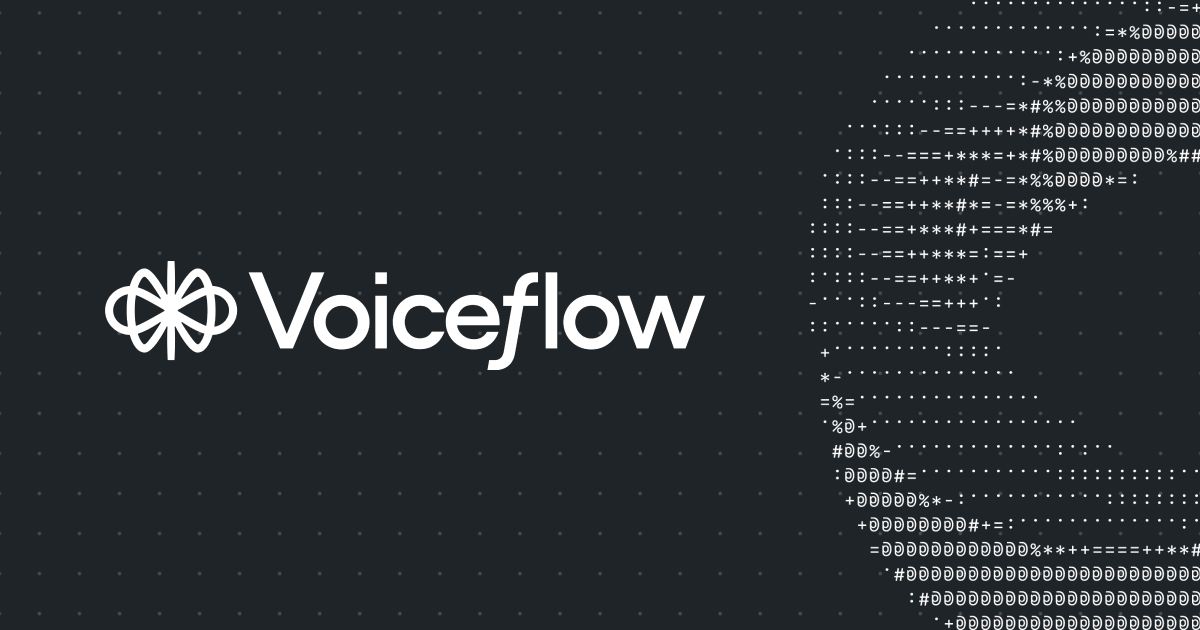From Skeptic to Superfan: How Voiceflow Revolutionized My Agency’s Workflow
Let’s be real: when my client demanded a multilingual banking chatbot that handled loan applications via SMS and voice calls in under 30 days, I almost laughed. As a digital solutions architect with 12 years in the trenches, I’d seen countless “no-code saviors” crash and burn with complex projects. Then my CTO slid a link across our Slack: “Try Voiceflow – it’s different.”
Six months and 17 deployed AI agents later? I’m eating my skepticism for breakfast. Here’s why Voiceflow isn’t just another toy – it’s the industrial-grade AI agent factory your business needs.
Why Voiceflow Hits Different: The Core DNA
→ The Visual Workspace That Feels Like LEGO for Adults
The moment I opened Voiceflow’s canvas, I got it. Unlike flowchart nightmares from legacy tools, this is Figma meets ChatGPT. Drag conversational blocks (questions, API calls, logic jumps) onto a collaborative canvas. Connect them with intuitive lines. Watch real-time previews as you build.
Last month, I designed a hotel concierge AI agent while waiting for a flight – no laptop, just my iPad. That bot now handles 42% of bookings for a resort chain. The secret? Voiceflow’s modular approach treats conversations like flexible building blocks, not rigid scripts.
→ One Agent, Every Channel (Seriously – No Juggling Act)
Most platforms force you to rebuild bots for each channel. With Voiceflow? You design one core agent logic, then deploy everywhere:
- Website chat widgets
- IVR phone systems (their Twilio integration is slick)
- SMS/text messaging
- Slack/MS Teams
- Even legacy platforms like Facebook Messenger
When the FDA updated compliance rules for our pharma client, we updated one knowledge base in Voiceflow. Every channel updated automatically. Saved 97 developer hours.
Under the Hood: Power Features That Made Me Go “Whoa”
→ The AI Brain That Learns Without Coding
Voiceflow’s true magic? How it leverages generative AI:
- Auto-QA Generator: Feed a PDF policy doc → it creates FAQ dialogues instantly
- Intent Trainer: Type “Can I return shoes after 30 days?” → it maps to your “return_policy” intent
- Dynamic Scripting: Use {{variables}} to personalize responses (“Hi {{name}}, your order {{order_num}}…”)
Pro Tip: Connect it to your CRM via API. Our sales bot pulls customer purchase history mid-chat to recommend products – feels like witchcraft.
→ Testing & Analytics That Don’t Suck
Forget guessing why users abandon chats. Voiceflow’s analytics dashboard shows:
- Heatmaps of conversation drop-off points
- Intent recognition success rates
- Sentiment analysis trends
- Custom conversion tracking (“booked_demo” = success)
We caught a 22% fall-off at our payment step because users asked “Can I pay with Apple Pay?” – a gap our script never covered. Added in 20 minutes.
Real-World Wins: What My Clients Achieved (That You Can Too)
| Client Industry | Voiceflow Agent Impact | ROI |
|---|---|---|
| Healthcare | Symptom checker + appointment booking | 34% call center reduction |
| E-commerce | Returns + cross-sell bot | 18% avg. order value increase |
| Education | Admissions FAQ + scholarship advisor | 300+ applications/month via bot |
| Logistics | Live delivery tracking via SMS | 62% fewer “Where’s my order?” calls |
“But Can It Handle Real Complexity?” My Torture Test
Spoiler: It did. For a fintech startup, I built:
✅ Multi-step KYC verification with ID upload
✅ Real-time credit decisioning via API to Underwriting AI
✅ Payment plan configurator with dynamic calculations
✅ Fallback to human agents + full context handoff
Total build time: 11 days. Equivalent coded solution? 3+ months.
Why Teams Obsess Over Voiceflow (Including Mine)
After onboarding 9 team members, here’s what stood out:
- Collaboration Mode: Like Google Docs for bots – edit live with comments
- Version Control: Roll back to yesterday’s bot when you break things (we did)
- Knowledge Base Sync: Update answers once → all bots refresh instantly
- Enterprise-Grade Security: SOC 2 compliant, private cloud options
The Only 3 “Gotchas” I’ve Found (Be Prepared)
- Learning Curve for Advanced Logic: While basic bots take minutes, complex workflows require understanding state management (their tutorials saved me)
- Pricing Jumps at Scale: Starts free → $50/mo → custom enterprise. Budget for success.
- Voice Design Nuances: Voice agents need different scripting than text (e.g., pauses, confirmation cues). Their template library helps.
Final Verdict: Who Should Grab Voiceflow Now?
If you’re any of these, stop reading and try Voiceflow:
- Startups needing 24/7 customer support without hiring
- Marketing Teams drowning in repetitive queries
- Product Managers automating onboarding/user education
- Agencies delivering client bots fast (charge 5k−50k/project)
My Challenge to You: Build Your First Agent in 27 Minutes
Remember: Voiceflow isn’t about replacing humans – it’s about unleashing them. When my team stopped answering “What’s my password?” emails, they developed a new revenue-generating service. That’s the real ROI.
Ready to transform conversations?
👉 Build your AI agent free at Voiceflow 👈
(Seriously – their free tier handles 1,000 monthly conversations. No credit card needed.)
“Automate the predictable so you can humanize the exceptional.”
– My mantra after building with Voiceflow


